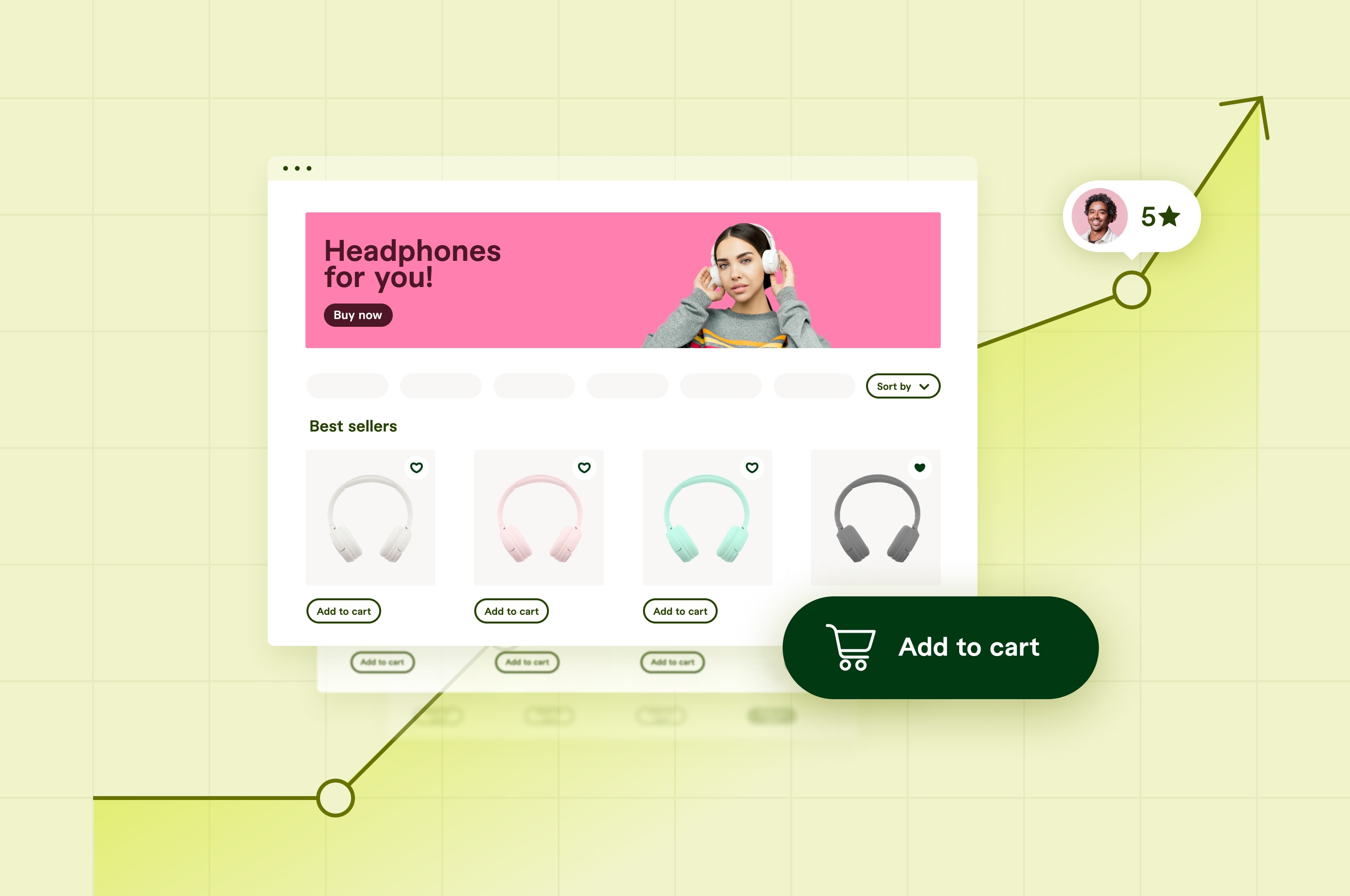10 Best Ecommerce Product Ideas To Invest in for 2024
Discover the hottest ecommerce product ideas that are worth investing in today. Whether you’re a seasoned entrepreneur or just starting out, these ideas will help you make a profitable online business.
 September 28, 2023
September 28, 2023 10 minute reading
10 minute reading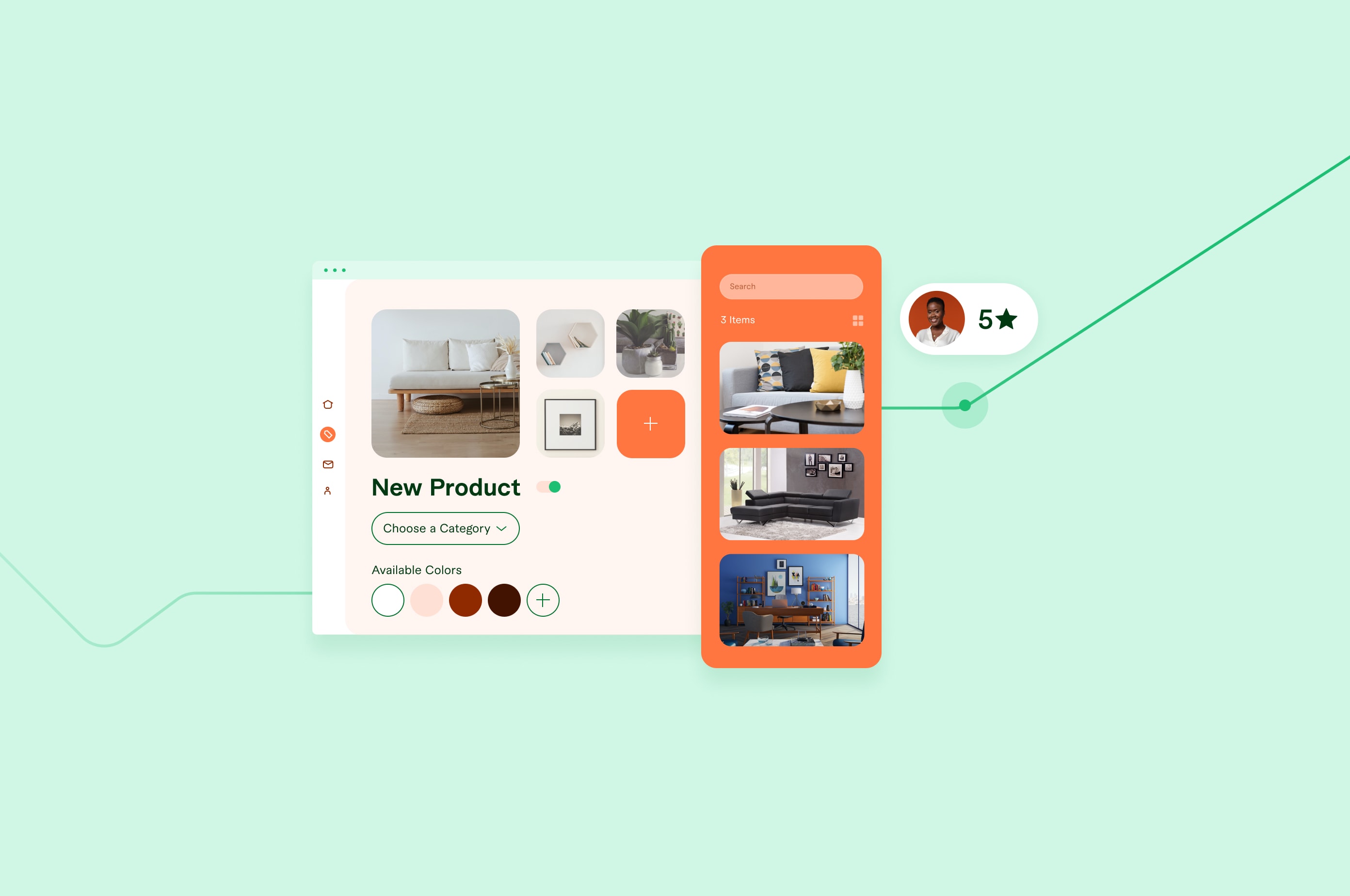
Global retail ecommerce sales brought in $5.7 trillion in 2022—and that number is expected to increase to $8.1 trillion by 2026. From the rise of dropshipping businesses to subscription commerce, many ecommerce trends have cropped up in the past few years.
As dynamic as the industry is, the success of your ecommerce business depends on the products you sell online. Finding the right mix takes a lot of research and depends on several factors:
Do these products solve actual problems?
Is there potential for repeat purchases?
How expensive are the products?
Can your potential customers afford them?
Are these products easy to manufacture and ship?
Can you market or advertise the products easily?
Are these high-demand product ideas?
To save you the trouble, we’ve done the research and listed 10 ecommerce products you can sell in 2023 and beyond:
1. Skin care products
In the United States, the skin care market is massive, bringing in $21 billion in sales in 2023. Globally, it’s expected to bring in $155.7 billion in sales this year.
The category itself is broad, including beauty products like:
Serums
Face toners
Moisturizers
Anti-aging products
Exfoliators
Face oils
Eye creams
Body oils
Face and body mists
The most notable trend is the need for sustainability, so if that’s something you can account for, you’ll get better results.
It’s common to sell it via your own store or third-party stores like Amazon, eBay, and Alibaba. Alternatively, you can sell them using the dropshipping or subscription box model, as these are recurring and in-demand products.

Source: Google Trends
2. Gadgets and wearables
The consumer electronics market is set to make $1.1 billion in 2023, and 30.6% of the total sales will come through online sources. This gives business owners a huge opportunity to capitalize on the demand present in the market.
It includes several products like:
Smartphones
Phone accessories
Computers and laptops
Drones
TV peripheral devices
TV and Bluetooth devices
Gaming equipment
Smartwatches
Fitness trackers
Electric chargers
The world is moving toward a digital environment, so these products are constantly in demand. And if you have high-quality products to offer at a reasonable price, you’ll see better sales over time.
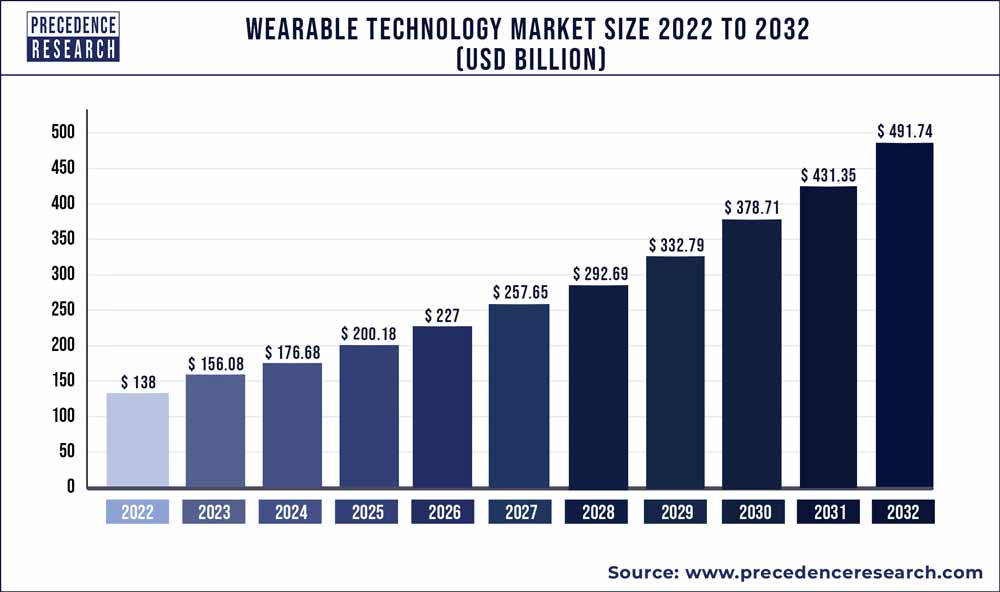
Source: Precedence Research
Here, the direct inventory model and brand affiliation models work best. Consumers can buy directly from you, and long-term partnerships bring more awareness to your products and traffic to your own online store.
TIP: Hire a freelance ecommerce consultant to improve your website conversion rates.
3. Books
While it might feel as though demand for physical books would decrease due to the introduction of ebooks, that’s not the case. Hardcovers and softcovers continue to be sold alongside electronic versions of books.

Source: Amazon
Books are a scalable product, especially if you write children’s books or cookbooks, since you can release many books under a single series in a short period. You can hire a ghostwriter to do the heavy lifting for you—and white label them in your storefront. In addition, you can hire a voiceover artist and editor to create an audiobook, too.
You can market these using either your personal website and email list, bookstores and online marketplaces like Amazon, or affiliate marketing.
Wesley Stryker, founder of Bizology, an ecommerce store for knowledge cards, created another business avenue from the book industry. For years, he read many business and self-help books but struggled to retain the information within. To solve this problem, he created Bizology to turn books into simple study cards.
“To bring the idea to life, I researched playing card manufacturers and contacted the most reputable ones. After a few conversations, I found one that fit my needs,” says Stryker.
“I made a list of terms for the first deck of cards, and worked with a freelance copywriter on Fiverr to write out the content for the cards and a graphic designer to make my logo and packaging design. Once complete, I submitted the order to the manufacturer and anxiously waited for the shipment. A few weeks later, the order arrived at my door and I launched my store on Shopify.”
4. T-shirts and hoodies
T-shirts and hoodies are a staple in the fashion business. Their comfort and widespread appeal make them a top product category for consumers worldwide. You can either create a collection of popular products from other retailers or print-on-demand.
To create a truly sustainable small business, you must heavily research the market and create a product that stands out.

Source: Keywords Everywhere
“We realized that there was an opportunity to produce a better-quality men’s undershirt and got to work,” says Leigh McKenzie, founder of UnderFit, an undershirt company for men. “After years of testing to find the perfect and ideal fabric, we started selling.”
Opt for durable, comfortable, and, if possible, eco-friendly materials. Highlighting the sustainability aspect can resonate with a growing segment of eco-conscious consumers. In terms of marketing, use targeted ads and search engine optimization (SEO) to get more visitors to your ecommerce site.
“Organic traffic and social media advertising has been our main growth driver,” saysMcKenzie. “Especially with Instagram ads—we’re averaging over five times ROAS [return on ad spend] across all of our channels, which is helping us scale profit margins.”
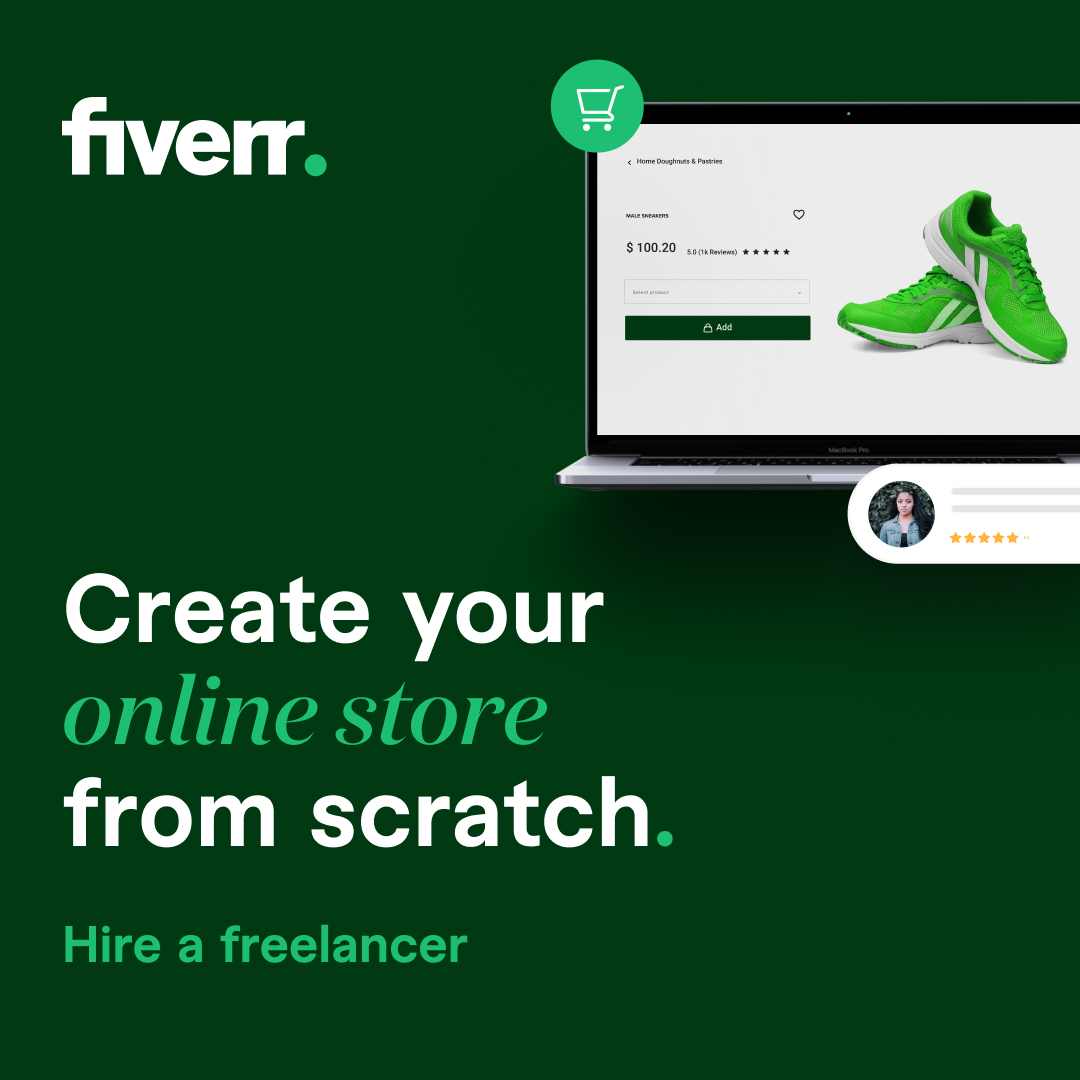
Want to learn about marketing strategy and logistics? Keep reading.
Ready to start selling? Find an ecommerce specialist on Fiverr to grow your store.
Start selling5. High-quality tea
As more consumers become health conscious, beverages like tea have become a staple. But the industry has reinvented itself, with demand for organic, sustainable, and high-quality tea rising.
Between 2004 and 2023, the demand for organic tea rose from less than 1,500 searches a month to 3,600 searches a month. Under this category, flavored tea, like Japanese Matcha tea, which was once a rarity in the Western world, is now common.
If you want to enter the beverages market, this is an excellent option for a promising ecommerce venture.

Source: Keywords Everywhere
6. Shapewear
The global shapewear market will be valued at $3.8 billion by 2025. And for good reason. As body positivity becomes increasingly common, more clothing companies are creating great products that fit that narrative.
Shapewear is made using breathable materials for different purposes and body types. If you become a known provider in the space, there’s a lot of potential for capturing a validated market. For instance, Spanx, a shapewear company owned by Sara Blakely, was one of the first brands to launch such a product. The company solved a real problem in the market—creating a multibillion-dollar category.
It’s best to invest in creating your own product line to enter this space, as many consumers prefer to shop directly from labels.
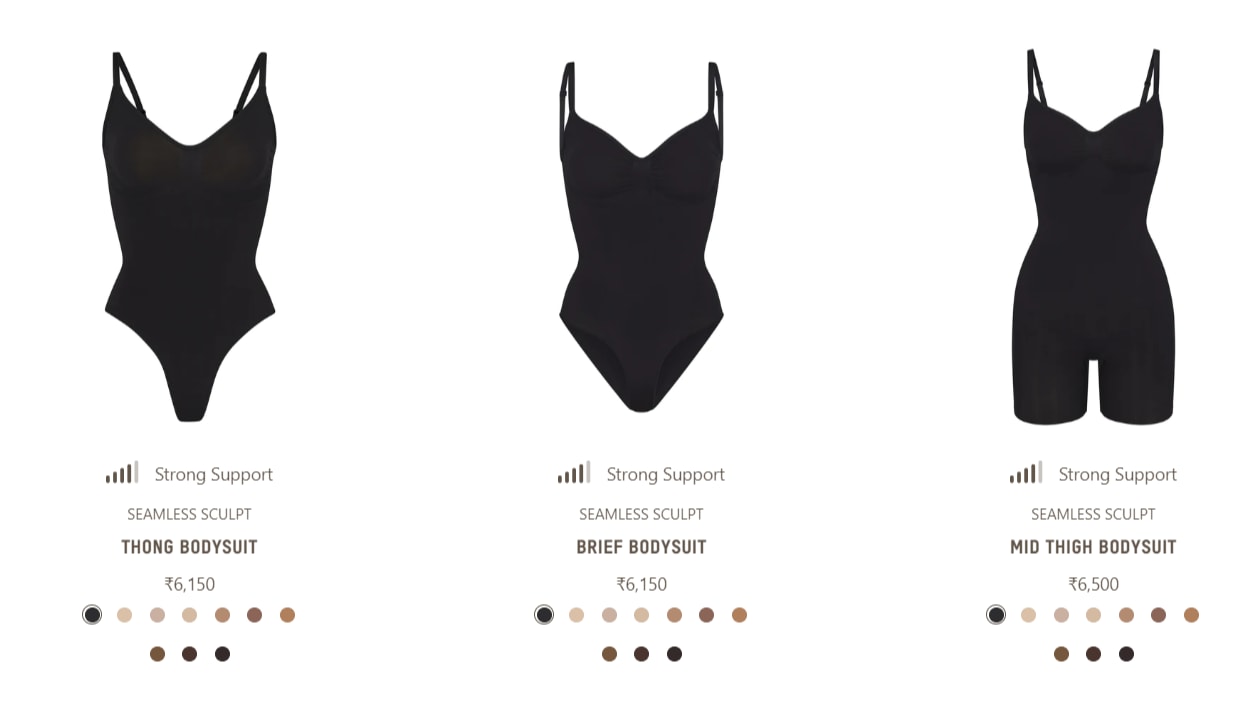
Source: Skims
7. Pet products
As more individuals and families are housing pets of different kinds in their homes, the pet care industry is picking up in value. By 2030, it’s expected to be worth $368.9 billion—growing at 5.9% each year between 2023 and 2030.
There are several products that fall under this category:
Pet food
Feeding bowls
Sleeping beds
First aid kit
Treats and toys
Safety items like leashes
Grooming products
Disposal products
Medicines
Partner with local farmers and veterinarians to understand their needs and curate a collection based on that. Most companies cater mainly to dogs and cats, but there are companies like Chewy that even offer products for horses. Figure out the right mix of market demand and profitability to create niche products.

Image of Chewy homepage taken by author
TIP: Hire a freelance ecommerce designer to bring your design ideas to life.
8. Customized jewelry
Many consumers look for personalized gifting options, and customized jewelry fits well in this category. It shows intention, and people are willing to pay extra to get it done how they want.
Alt text: An increase in search volume for customized jewelry between 2013 and 2023.
Source: Google Trends
You can sell products that include the following:
Embedded birthstones
Engraved dates or names
Monogrammed initials
Photo or image engravings
Jewelry charms
From head to toe, there’s always something that your customers can gift. So, opening a boutique jewelry store with such options is a great niche idea. To boost your online sales, sell them via ecommerce platforms like Etsy that attract a broad audience.
Also, since customers can’t return such items, your profit margins won’t be affected as much as online businesses with high return rates, like clothing.
In terms of business model, either have your own store for direct sales or create do-it-yourself kits to create a scalable offer.
9. Home décor products
Home décor is a popular category that is relatively stable when it comes to ecommerce trends and demand in the market. Also, when you consider that remote work is becoming common—in part due to the pandemic, more people are investing heavily in the aesthetics of their homes.

Source: Google Trends
Here are the best products in the market these days:
LED lights
Scented candles
Wall clocks
Curtains
Standing desks
Gaming chairs
Vases
Artificial plants
Bookcase
Throw pillows
Showpieces
Wall prints
In terms of your marketing strategy, selling your products through third-party marketplaces, affiliate marketing, and influencer marketing would work well. This increases the awareness of your products and brings in more sales over time.

Source: Instagram
10. Subscription boxes
Subscription boxes are a scalable product offering as customers sign up for a period of time and you get recurring revenue from them. At the moment, the size of this market is 29.9 million people in the United States alone.
Subscription boxes are more personalized, as the customer gets to choose what they want—which is part of the appeal of such products. You can offer these for in-demand and trending products like foods, beverages, and skin and hair care products. The idea is to increase the customer’s lifetime value (LTV) by providing a simple subscription and a small discount to entice them.
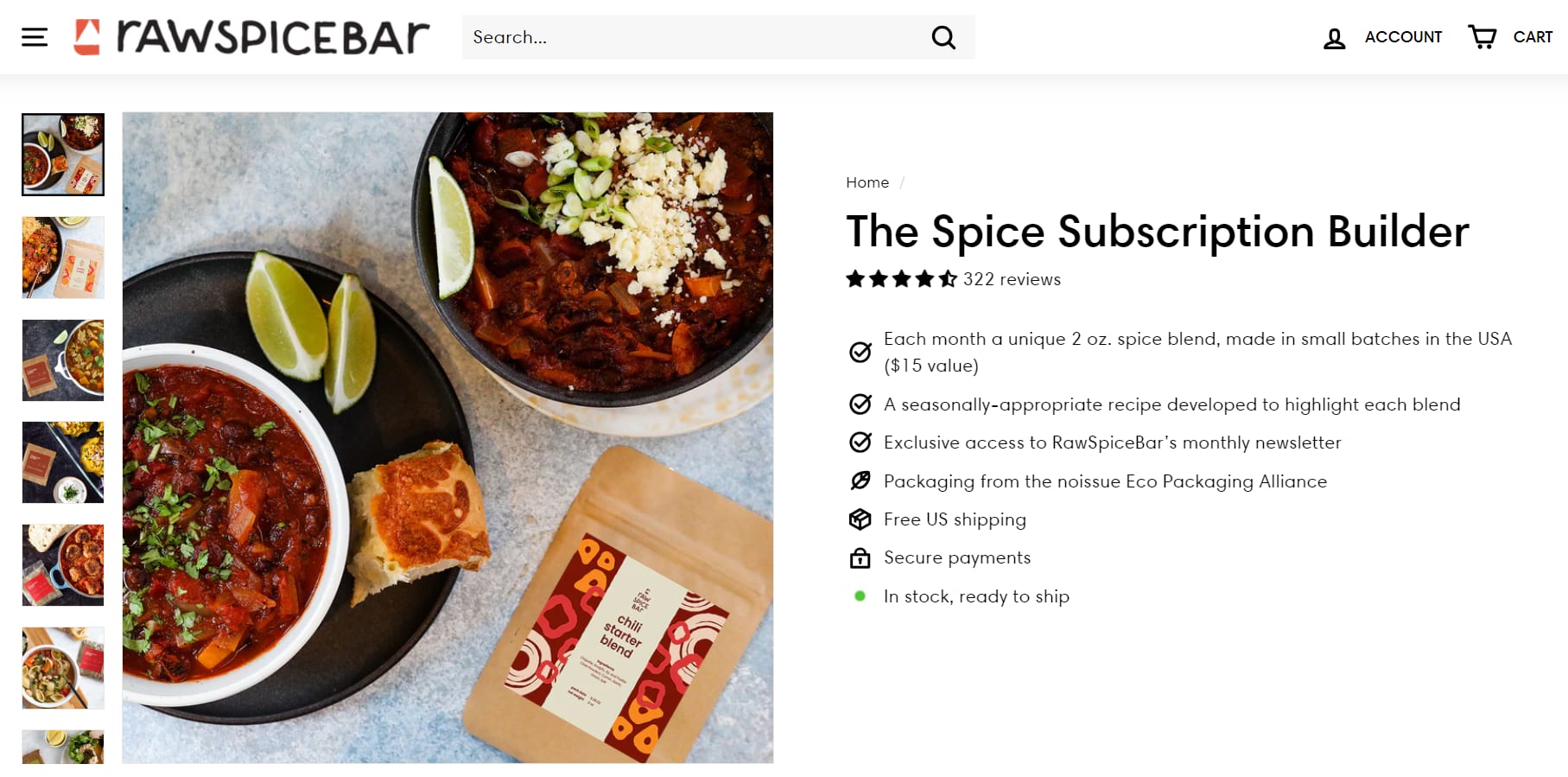
A recent survey found that the main reason consumers purchase these boxes is because they want to try new products. This can act as an excellent way to bundle complementary products and increase product stickiness.
While some companies offer only subscription boxes, others use them as another product within their business.
Hire ecommerce talent to build and market your store
Choose the right products to grow your ecommerce store
Ecommerce is a fast-moving industry, so it’s essential to keep an eye on which products have the most value at any moment. While typically consumer products like food and home décor will always hold their place—finding different ways to sell and market your products is key.
One way to do that is by hiring freelancers who are experts in the industry. They do the groundwork for you so that you can focus on the most critical parts of your business.
“I can’t be an expert in all facets of my business, so outsourcing is key,” says Stryker from Bizology. “For example, I’m not an expert copywriter, so I hired a professional copywriter on Fiverr to assist with developing the content for the study cards and ecommerce website content. The result was much better than I could have done myself.”
Need a freelancer to help you out? Sign up for Fiverr today and find the right talent.
Ecommerce products FAQ
1. How do I find the best ecommerce products?
You can do this in several ways. Conduct market research on online shopping sites like Amazon, Etsy, and Alibaba. Find bestsellers and the most popular types of products using dedicated categories on each website.
In addition, you can monitor online forums to get business ideas and keyword tools to find the search volume of product keywords (search terms) so you can validate the demand for such products.
2. What can I sell on an ecommerce website?
Depending on your target market, you can sell different kinds of profitable products like home goods, electronics, clothing, and beauty products. You can also offer digital products like courses, ebooks, and templates if you’re experienced in certain skills or industries.
3. How can I market ecommerce products?
Find specific channels depending on where your target audience is present. For example, if you’re selling t-shirts that are meant for individuals under 25 years of age, use social media platforms like TikTok and Instagram. Or invest in SEO if you’re a startup with general products like home décor, as people use search engines to find products in general.

